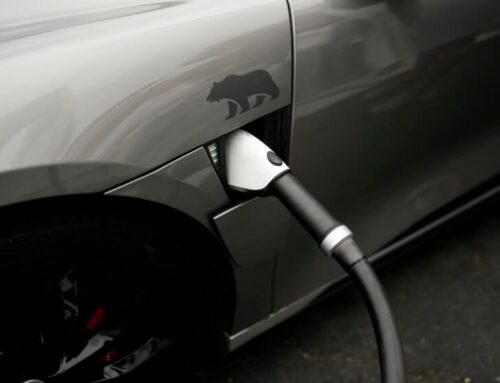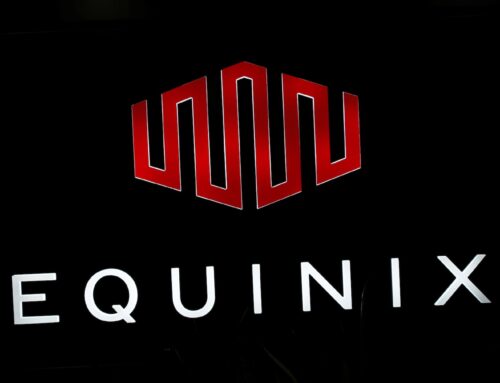Amazon Has Made a Robot With a Sense of Touch
May 7, 2025
Amazon has developed a new warehouse robot that uses touch to rummage around shelves to find the right product to ship to customers.
The robot, called Vulcan, is a meaningful step towards making robots less sausage-fingered compared to human beings. Honing robots’ tactile abilities further may allow them to take on more fulfillment and manufacturing work in the years ahead.
Aaron Parness, Amazon’s director of robotics AI who led the development of Vulcan, explains that touch sensing helps the robot push items around on a shelf and identify what it’s after. “When you’re trying to stow [or pick] items in one of these pods, you can’t really do that task without making contact with the other items,” he says.
The Vulcan system consists of a conventional robotic arm with a custom spatula-like appendage for poking into a shelf, and a sucker for grabbing items to pull them out.
Vulcan has sensors on several of its joints that allow the robot to detect the edge and contours of items. Parness says that machine learning is key to making sense of the sensor signals and also forms part of the algorithmic loop that controls how a robot takes actions. “The special sauce we have is the software interpretation of the force torque, and how we wrap those into our control loop and into our motion plans,” he says.
Amazon revealed Vulcan at a fulfillment center in Hamburg, Germany today. The company says the robot is already working at this facility and another in Spokane, Washington.
The new robots will work on the same line as human pickers, and will aim to spare them from back-aching work by grasping more items from shelves that are high up or low down. Items that the robot decides it cannot find will be reassigned to human workers.
“Amazon stores many different products in bins, so rummaging is necessary to pull out a specific object to fill an order,” says Ken Goldberg, a roboticist at the University of California, Berkeley. “Until now this has been very difficult, so I’m curious to see the new system.”
Goldberg says that research on robotic touch sensing has advanced in recent years, with numerous groups working on joint and surface sensing. But he added that robots have some way to go before they can match the tactile abilities of flesh-and-blood workers. “The human sense of touch is extremely sensitive and complex, with a huge dynamic range,” Goldberg says. “Robots are progressing rapidly but I’d be surprised to see human-equivalent [skin] sensors in the next five-to-ten years.”
Even so, Vulcan should help automate more of the work currently done by humans inside Amazon’s vast empire of fulfillment centers. The company has ramped up automation in recent years with AI-infused robots capable of grabbing and transporting packages and packed boxes. Stowing and retrieving items from shelves is one of the more challenging jobs for robots to do, and it is heavily dependent on human labor.
Parness says he does not foresee robots taking on all of the work done inside Amazon’s fulfillment centers. “We don’t really believe in 100 percent automation, or lights out fulfillment,” he says. “We can get to 75 percent and have robots working alongside our employees, and the sum would be greater [than either working alone].”
Increased use of robots may raise concerns around automation eliminating human jobs. Some economic studies show that robots can eliminate jobs, while others point to a more complex picture, with automation both replacing workers and creating new roles as productivity increases. Amazon’s robot rollout has seen some new jobs created including ones that involve assisting robots when they get confused or stuck.
Parness says that Amazon plans to give other robots similar sensing capabilities to Vulcan, which should improve their abilities. The company may be cooking up new AI algorithms that make its robots smarter, too, having acquired the team behind a startup called Covariant that was developing AI foundation models for industrial machines. As WIRED revealed last year, other startups such as Physical Intelligence are looking to build AI models that make robots much smarter. Adding touch-sensor data to the training mix could perhaps help speed things up.
Bringing more manufacturing back to US shores, including the iPhone assembly work that Trump seems so keen on would surely require greater use of robots—especially systems with the touchy-feely skills needed to manipulate small, intricate components.
What do you think about Amazon giving robots the power to feel? Let me know by emailing hello@wired.com or in the comments section below.
Search
RECENT PRESS RELEASES
Related Post



